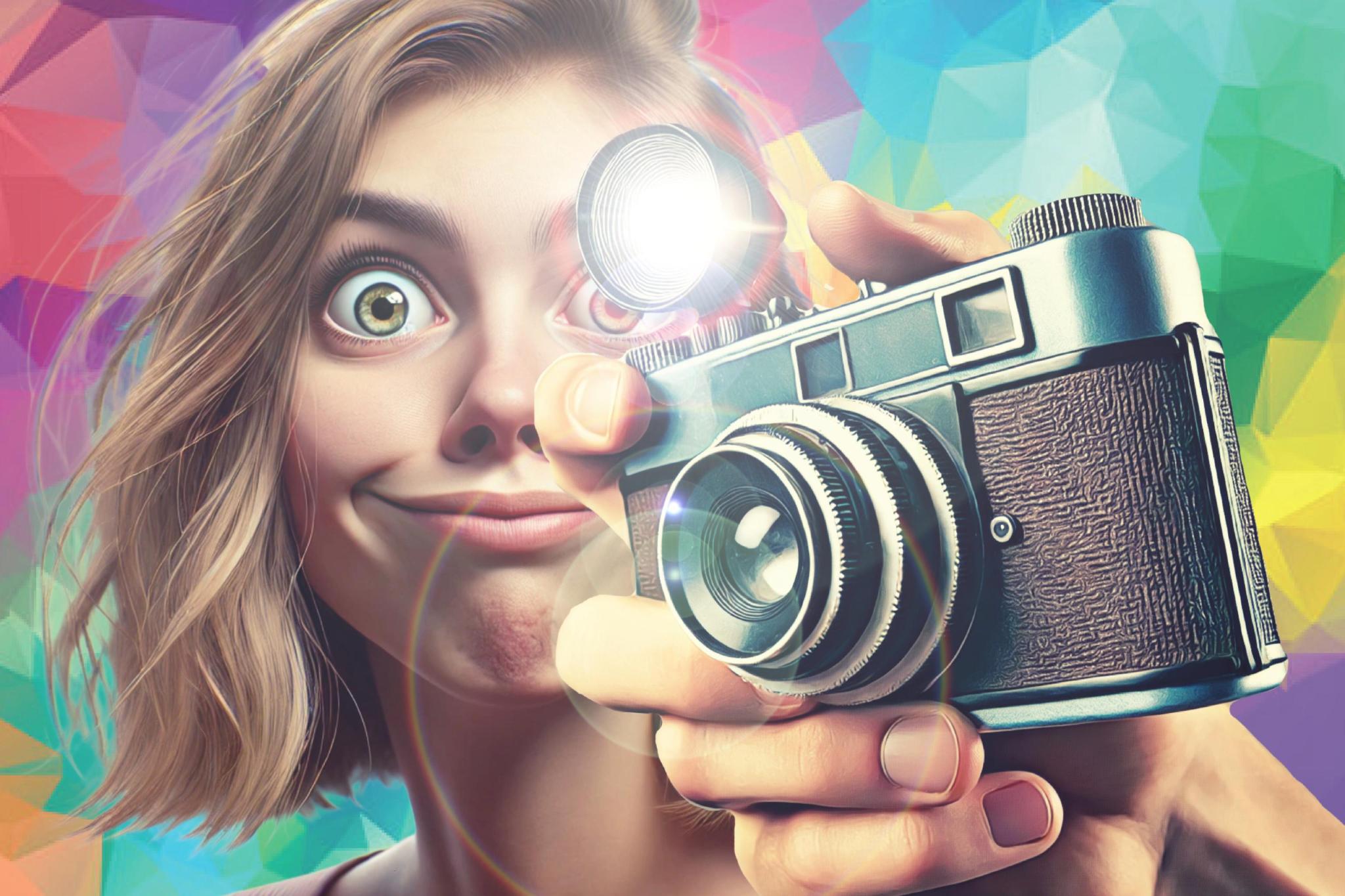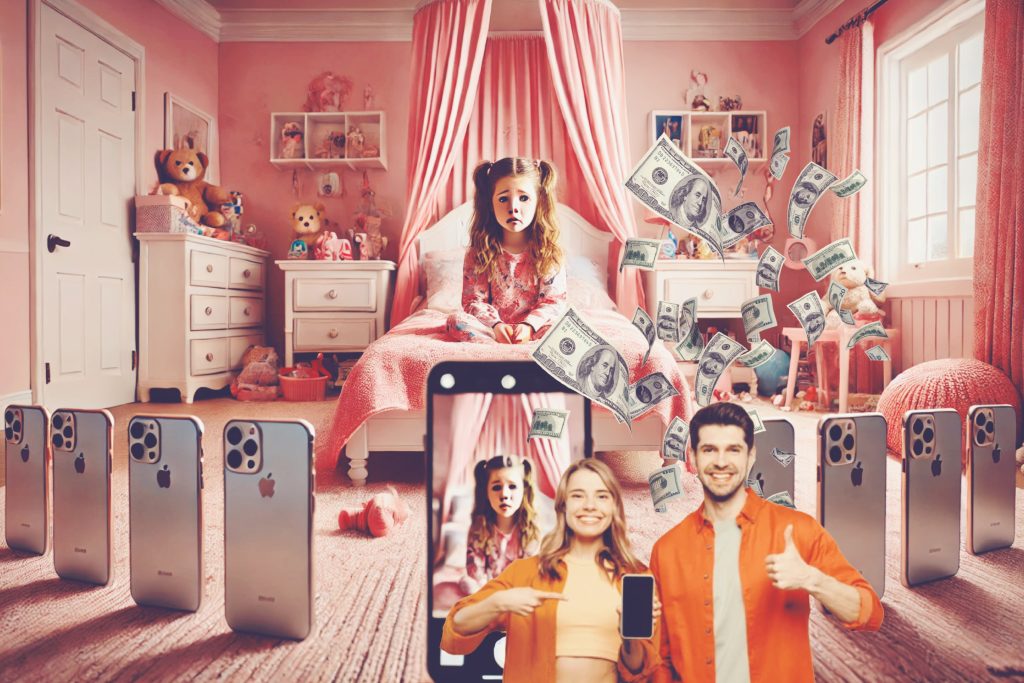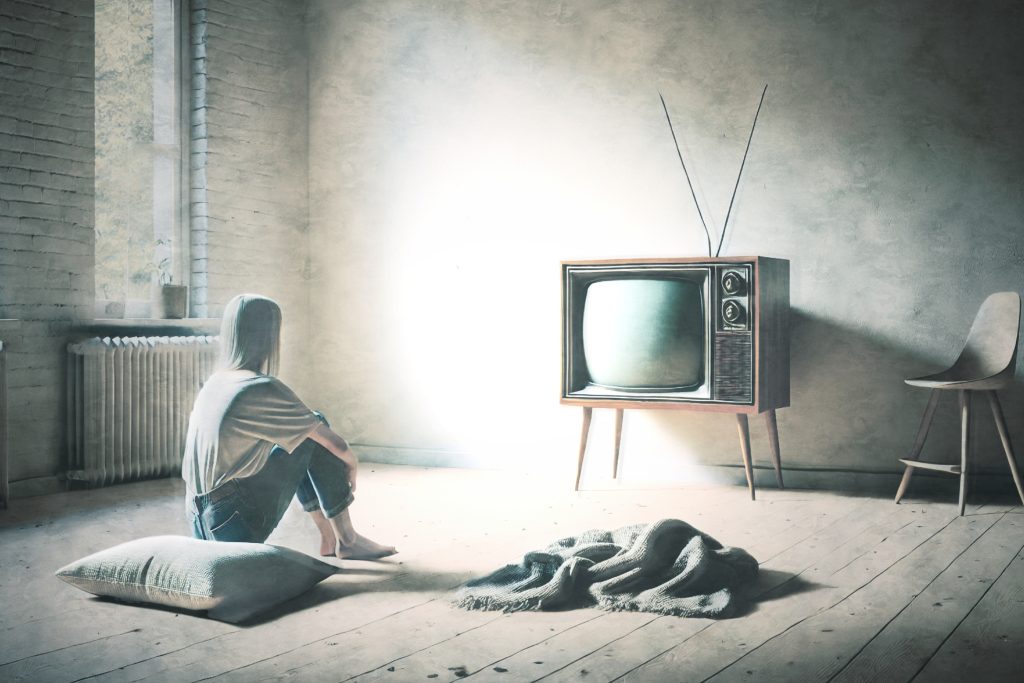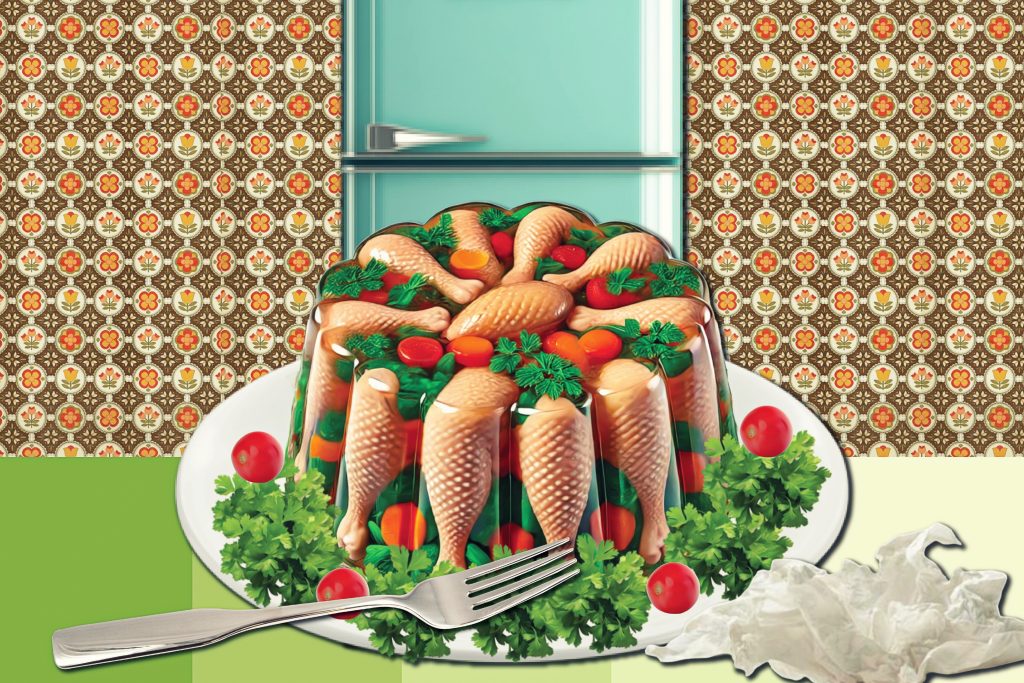Ah, the classic dilemma: you’re checking yourself out in the mirror, feeling like an absolute 10, but the second you snap a selfie or get tagged in a photo, you’re hit with a reality check that feels straight out of a funhouse mirror. Trust me, you’re not losing it. There’s a sneaky, science-backed reason why what you see in photos doesn’t always match the face you’ve grown so fond of in the mirror. And no, it’s not just because your front-facing camera is out to sabotage you (though that’s part of it).
Let’s start with familiarity. We’re used to seeing our reflection flipped in the mirror, which means the face you stare at daily isn’t exactly the one the rest of the world sees. Your brain gets cozy with that reversed image, so when you see a photo—where the image isn’t flipped—it just feels… off. Psychologists call this the “mirror exposure effect,” which is a fancy way of saying you’re more attached to the version of your face you see the most. Think of your mirror as that loyal friend who’s always hyping you up, while your camera is more like the one that serves tough love—no sugarcoating.
But here’s the kicker: this “exposure effect” doesn’t just apply to mirrors. It extends to all kinds of things, like that Taylor Swift song you couldn’t stand a month ago but now have on repeat. Turns out, our brains love familiarity and repetition—it’s their comfort zone.
@bi0fact Mere Exposure Effect. Why you look different in the mirror than pics
♬ original sound – biofact
Photos don’t play by the same rules as mirrors, and honestly, it’s rude. In the mirror, you’re in total control: lighting, angles, facial expressions—basically, you’re the director of your own little vanity project. Photos, however, are a whole different beast. They capture reality in all its harshness, often exaggerating shadows, magnifying imperfections, and distorting your features depending on the lens and angle. Take wide-angle lenses, for example—they love to make your nose look bigger and your eyes seem further apart than they are. (Group photos, we’re looking at you—literally.)
But let’s be real, seeing a bad photo of yourself can feel like a personal betrayal. After your friend innocently shows you that picture, you can’t help but think, “Wait, is that what I actually look like?” Cue the spiral: suddenly your self-esteem is hosting its own little pity party.
@julianphilosophy How to deal with hatinf how you look in a photo (or you could just delete it 😆) #psychoanalysis #beauty #appearance #looks #photograph
♬ original sound – Julian de Medeiros
To make things worse, some cameras (like your phone’s front-facing one) add a little extra distortion due to how they’re built. This is especially noticeable in selfies, where the camera is closer to your face and causes what’s known as “barrel distortion.” Ever wondered why your nose seems to grow in selfies? That’s why. If you want to keep it real, use the rear camera and take your photo from a bit further away.
@lookgoodinphotos Replying to @c_zachar Here are the 3 main reasons why you look better in the MIRROR than you do in PHOTOS… & how to fix it! 1. The camera lens is distorting your face, making it look different every time you take a photo. To fix this, set your camera’s zoom to 1.4x and have your photographer back up away from you. 2. You are used to seeing the reversed image of your face in the mirror, so your brain is tricked into thinking your face looks strange when it’s flipped in photos. To fix this, you can set your phone’s camera on “mirror” mode, or flip the images in an editing app. 3. You freeze up and get tense when the camera comes out, which makes you look awkward. The solution for this is to *practice* taking photos. The more you practice, the more comfortable you’ll become in front of the camera and the better your photos will look! And if you need extra space to download your photos, be sure to check out TeraBox. An app that gives you a terabyte of storage for free! TTeraBoxPartnerpposingforphotospphototipspphotogenictipsWhy do you look better in the mirror than you do in photos. Why do I look good in the mirror but not in photos. Why do I look bad in photos but good in the mirror. Why do I look different in a camera than in a mirror. Why do photos look different from mirror. Why do I look bad in pictures.
♬ original sound – CHRISTINE BUZAN | POSING TIPS
Most importantly, let’s talk about lighting—the real MVP when it comes to looking your best. In the mirror, you’re often the lighting designer, angling everything just right (hello, flattering bathroom lighting). But when it comes to photos, the lighting situation is completely out of your control. Harsh lighting can cast shadows in all the wrong places, making you notice things like uneven skin texture or fine lines that you’d never even think twice about in the mirror.
Luckily, our phones are armed with a magical little tool called photo editing. With just a few tweaks—brightness here, a little smoothing there—you can take a photo where your pores look the size of Mars and transform it into something straight out of a Neutrogena commercial. It’s the glow-up you didn’t know you needed.
@sierracannon Reply to @nathalieee_g bad lighting? No problem #greenscreen #greenscreenvideo
♬ original sound – sierra cannon
There’s another sneaky little trick for dealing with harsh lighting: just use your hand as a mini visor over your camera lens. It works wonders, especially when you’re taking photos in bright sunlight, where lighting can be a total diva. By blocking some of that direct light, you can soften the shadows and get a much more flattering shot. It’s like DIY lighting control—minus the fancy equipment.
@noamraiter Simply couldn’t gate keep this one !! 🌟 This works best when shooting in the middle of the day/overhead lighting. You stand in a shaded area and your friend stands in the sun but make sure they shade their camera lens!! Let me know if you try it 💌 Also, my new fave skirt is from Enza Costa on @Revolve revolveme
♬ deeply still in loveeee – tucker
And then there’s facial symmetry—everyone’s low-key nemesis. Believe it or not, nobody’s face is perfectly symmetrical. While these little asymmetries fly under the radar in the mirror, photos have a knack for making them painfully obvious. So if you’ve ever felt like you look a bit “off” in photos, part of the reason is that the camera is picking up on details your brain typically filters out when you’re glancing in the mirror (where you can also do that sneaky little head-tilt to smooth things over and make those flaws disappear).
But don’t worry, the internet has blessed us with a treasure trove of tips to take your face from “meh” to “oh hey!” in photos.
@lookgoodinphotos Replying to @valentinawicked DAY 21: PHOTOGENIC BOOTCAMP | Do you feel insecure about having an asymmetrical face in photos? Or does your face look normal in the mirror, but noticeably asymmetrical when you see yourself in photos? Here are two common reasons why this happens, and a solution to minimize the appearance of asymmetry. ASYMMETRY IS NORMAL: In fact, your face would probably look strange if you were perfectly symmetrical! WHY ASYMMETRY IS MORE VISIBLE IN PHOTOS: 1. The mirror flips our appearance, and we are used to seeing our reflection in the mirror 2. One side of our face tends to be stronger than the other. So when we smile or make another facial expression, it’s more evident. HOW TO MINIMIZE ASYMMETRY IN PHOTIS: Angle your face with intention. Do this activity that I call The Clock Method to find your best angle. – #asymmetricalface #asymmetricalfaceposes #faceposes #howtopose Asymmetrical face. How to pose asymmetrical face. How to pose with an asymmetrical face. How to pose for a symmetrical faces. Asymmetrical face pose. How to pose your face. How to find your best angle. How to find your angles. How to be photogenic.
♬ original sound – CHRISTINE BUZAN | POSING TIPS
So, at the end of the day, which reflection can you trust more—the one in the mirror or the one through your camera lens? Honestly, it’s a little bit of both. Beauty really is in the eye of the beholder (a.k.a. YOU), and your mind can be both your greatest ally and your fiercest critic.
We can all be our own worst enemy, so the next time a photo makes you feel like you’ve stepped into an alternate universe, remember: it’s not the “real” you—it’s just your brain doing what it does best, overanalyzing and wrecking perfectly good moments. At least now you’ve got the science to back you up, right?
Till next time, be wickedly wonderful.







Great article. Will use some of the tips!